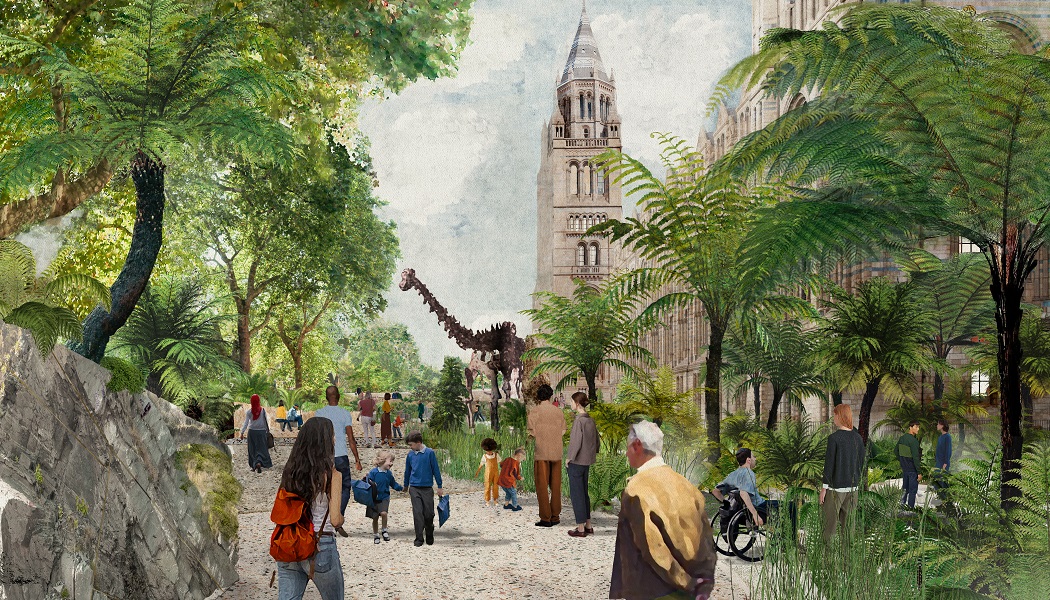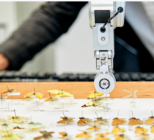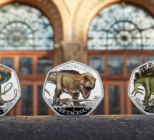The new gardens will serve as a fully accessible green space in the heart of London and a site from which the Museum can base its Urban Nature Project.
The design of the gardens will guide visitors through spaces which each represent a different period of the changing world. One notable landmark will be a newly commissioned weatherproof cast of Dippy, the Museum’s world-famous diplodocus, which will overlook plants and fossils reflecting each geological era.
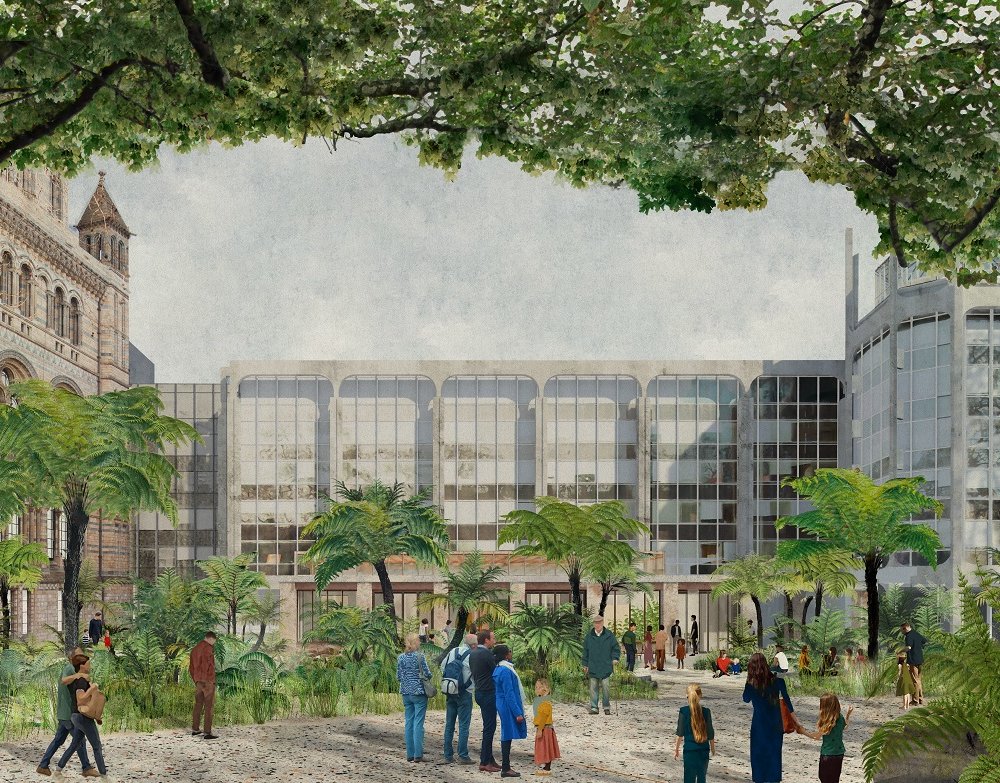
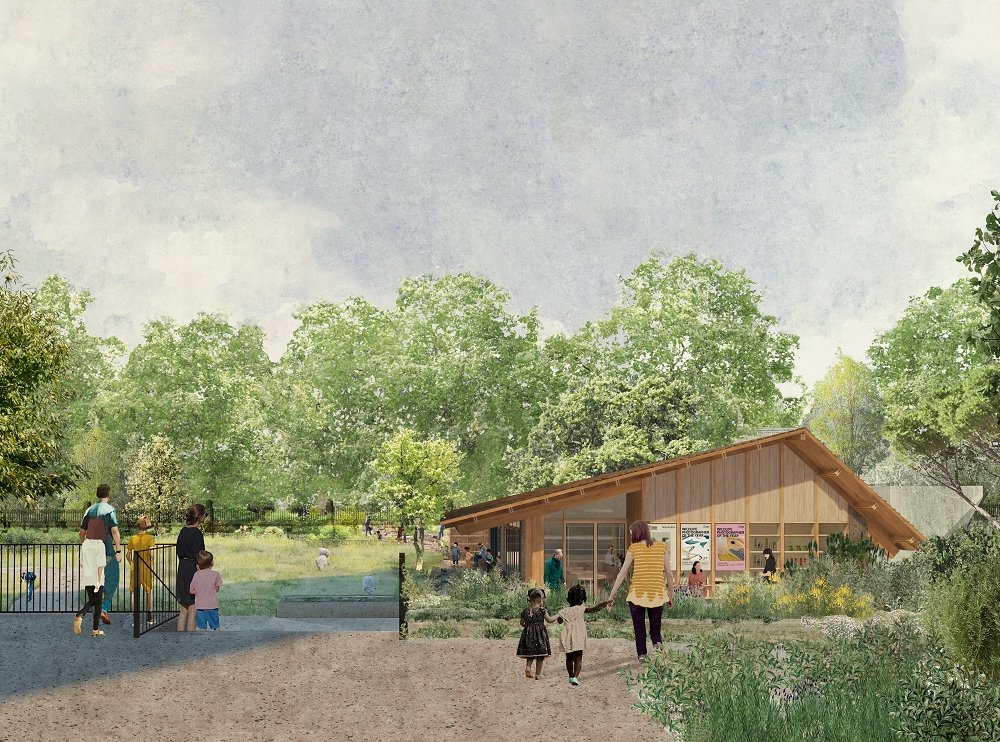
Other areas of the gardens will include a space designed to act as a model for urban nature, with different habitats showcasing the biodiversity that can be found in the UK’s urban spaces today. Examples of such habitats will include woodland, grassland, scrub, heath, fen, aquatic, reedbed and hedgerow.
“At a time when people are required to stay inside, the nature on our doorsteps takes on ever greater appreciation and importance,” notes Clare Matterson, executive director of engagement at Natural History Museum.
“We have suffered decades of decline in the abundance and distribution of many UK species, and in urban areas especially, we urgently need to learn more about how to mitigate pressing environmental challenges such as climate change and biodiversity loss. By 2030, nine of out ten of us will live in urban areas, meaning nature is quite literally backed into a corner as concrete cities expand.
“We hope the Urban Nature Project will not only galvanise people to reengage with the nature on their doorsteps, but building on the Museum’s scientific and public work, we want to trigger a movement that will ultimately help reverse these declines.”
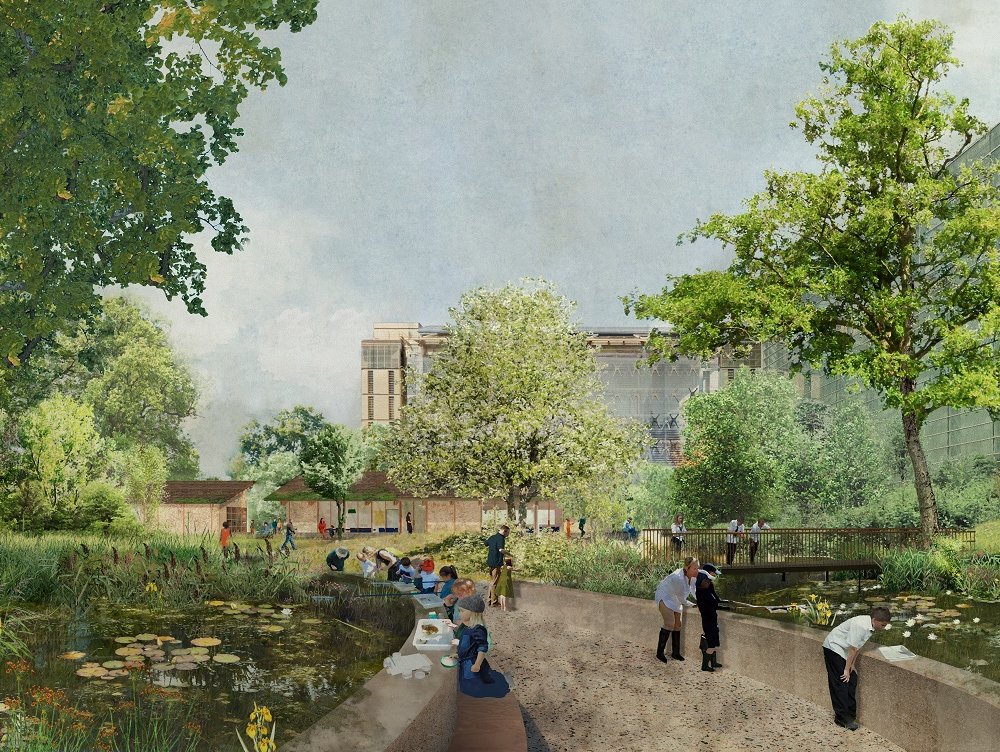
A UK-wide learning programme for young people, families and schools is also a key element of the initiative, with the goal being to develop and deliver online, onsite and national resources. An outdoor learning centre, which forms part of the build, will underpin this work.
The scheme, which will be completed in 2023, will be funded through donations and sponsorship independently raised by the Museum. Progress to date has been facilitated by initial support from National Lottery Heritage Fund, the Cadogan Charity, the Evolution Education Trust, Garfield Weston Foundation, Huo Family Foundation and Johnson Matthey.
Work on-site will be overseen and delivered by architectural studio Feilden Fowles in partnership with landscape architects J & L Gibbons.

